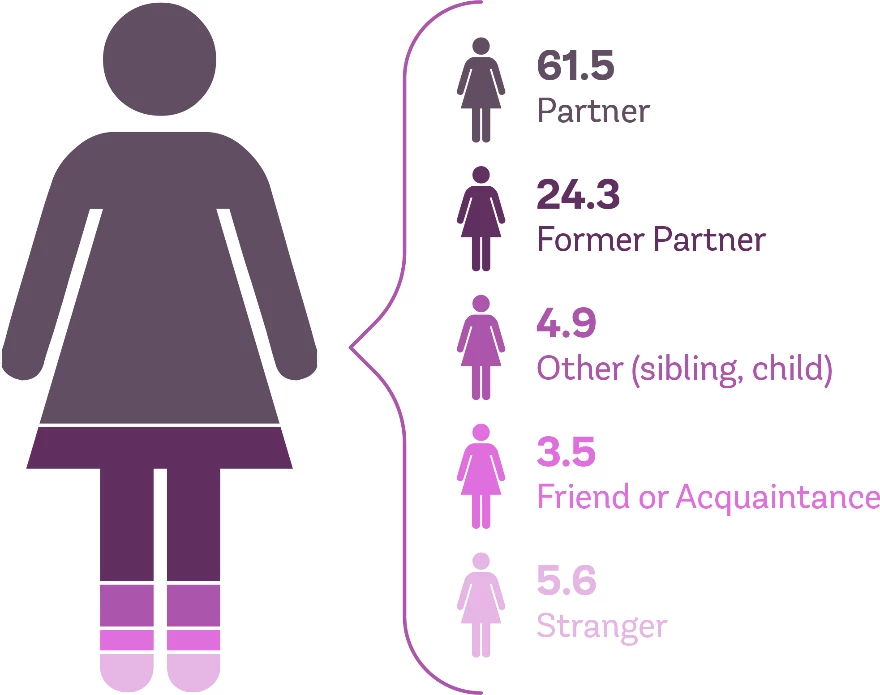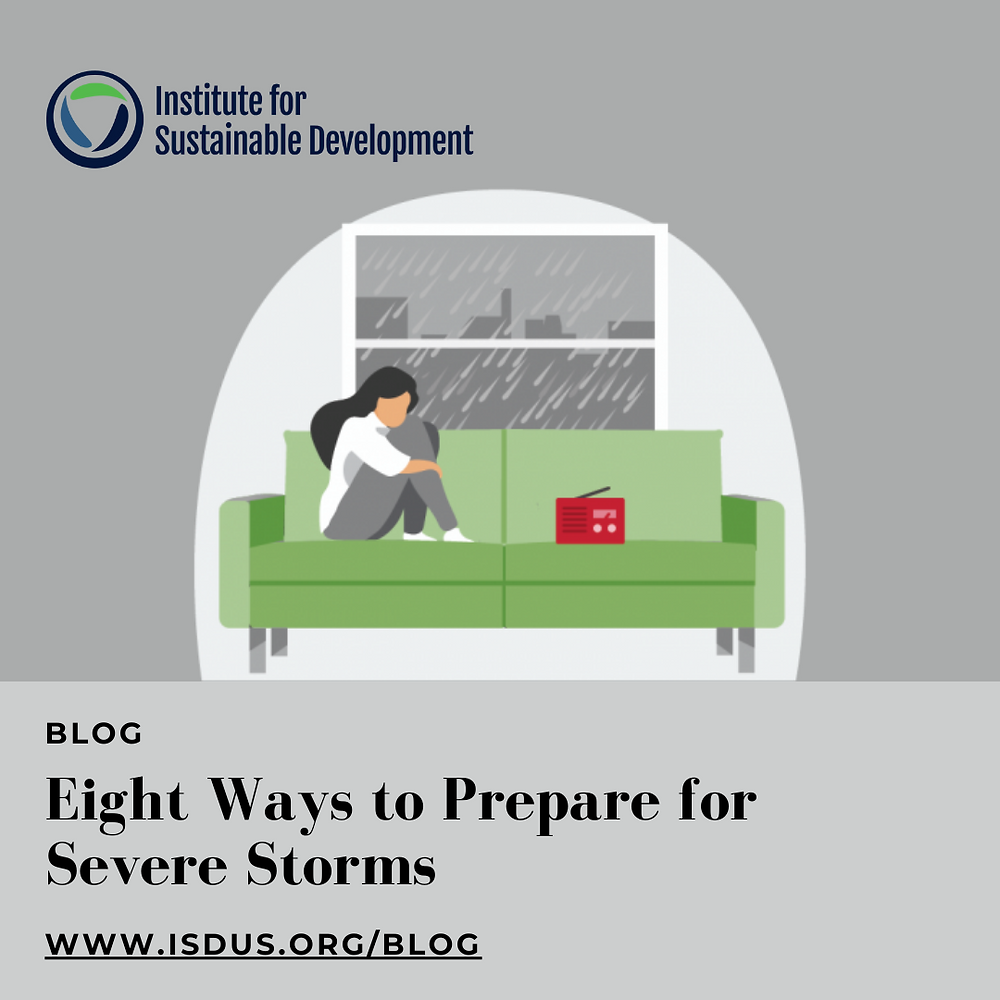Understanding The Increase In Femicide Cases

Table of Contents
Defining Femicide and its Distinguishing Factors
Femicide is not simply homicide; it's a gendered crime characterized by the intentional killing of women due to their gender. While legal definitions vary across countries, the core element remains the misogynistic motivation behind the act. It transcends domestic violence, encompassing killings committed by intimate partners, family members, or strangers, united by a common thread: hatred and violence directed at women because of their sex.
- Specific examples of acts classified as femicide: Honor killings, intimate partner femicide, femicide related to trafficking, sexual assault leading to death, and killings based on perceived female "disobedience."
- Difference between femicide and homicide: Homicide is the general term for killing another human being. Femicide is a specific subset of homicide, distinguished by the victim's gender and the perpetrator's motivation rooted in misogyny.
- Focus on the misogynistic motivation: This crucial element differentiates femicide from other forms of violence against women. The intent is not just to kill, but to exert power and control over women, silencing them and perpetuating patriarchal dominance.
Factors Contributing to the Rise in Femicide Cases
The increase in femicide is a multifaceted problem with deep roots in societal structures and power imbalances. Several interconnected factors contribute to this tragic trend.
Societal and Cultural Factors
Patriarchal norms, deeply ingrained in many cultures, normalize violence against women and grant men disproportionate power and control. Gender inequality fosters an environment where women are seen as subordinate and their lives are devalued. The normalization of violence through media portrayals, often glamorizing or minimizing its impact, further contributes to the problem.
- Examples of specific cultural practices that contribute to femicide: Dowry-related killings, honor killings, and female genital mutilation (FGM).
- Statistics showing correlation between gender inequality and femicide rates: Studies consistently demonstrate a strong positive correlation between higher levels of gender inequality and increased femicide rates.
- Impact of social media on perpetuating harmful narratives: Online platforms can amplify misogynistic ideologies, contributing to a climate where violence against women is accepted or even celebrated.
Legal and Political Factors
Weak legal frameworks, ineffective law enforcement, and a lack of accountability are major obstacles in combating femicide. Corruption within the justice system often allows perpetrators to escape punishment, further emboldening them and others. Political instability can also exacerbate the problem, creating environments where women are particularly vulnerable.
- Examples of weak legal frameworks or enforcement challenges: Inadequate laws addressing domestic violence, insufficient protection orders, and a lack of specialized training for law enforcement personnel dealing with gender-based violence.
- Statistics on conviction rates in femicide cases: Low conviction rates indicate significant weaknesses in the legal process and the need for reform.
- The impact of political instability on women's safety: Periods of conflict or political unrest often lead to a surge in violence against women, including femicide.
Economic and Systemic Factors
Economic inequality and poverty increase women's vulnerability to violence. Economic dependence on male partners can leave women trapped in abusive relationships, increasing their risk of femicide. Lack of access to resources, including financial support, legal aid, and safe shelters, further compounds the problem.
- Statistics demonstrating the correlation between poverty and femicide: Research shows a strong link between economic hardship and increased rates of violence against women, including femicide.
- Examples of how economic dependence can increase vulnerability to violence: Women who rely on their partners for financial support may be hesitant to leave abusive relationships, even if their lives are at risk.
- The importance of economic empowerment for women's safety: Providing women with economic independence can significantly reduce their vulnerability to violence.
Addressing the Increase in Femicide: Strategies and Solutions
Combating femicide requires a multi-pronged approach involving prevention, intervention, and legal reforms.
Prevention and Intervention Strategies
Education and awareness campaigns are crucial in challenging harmful societal norms and promoting gender equality. Community-based programs can provide support and resources for women at risk, while perpetrator intervention programs aim to address the root causes of violence.
- Examples of successful prevention programs: Educational initiatives in schools and communities focusing on gender equality, healthy relationships, and consent.
- The importance of early intervention and support for victims: Providing timely support and protection to women experiencing domestic violence can prevent escalation to femicide.
- Strategies for changing harmful societal norms: Public awareness campaigns, media engagement, and working with religious and community leaders to challenge patriarchal attitudes.
Legal and Policy Reforms
Strengthening legislation, improving law enforcement training, and ensuring accountability for perpetrators are essential steps. Reforms are needed to ensure that the justice system effectively investigates and prosecutes femicide cases. International cooperation is also crucial in sharing best practices and coordinating efforts to combat this global issue.
- Examples of effective legal reforms in other countries: Legislation providing stronger protection for victims of domestic violence, specialized courts handling gender-based violence cases, and increased sentencing for perpetrators of femicide.
- The importance of data collection and analysis to inform policy: Accurate data on femicide is crucial for understanding the scope of the problem and designing effective interventions.
- The role of international organizations in combating femicide: International cooperation is essential in sharing knowledge, resources, and best practices for addressing femicide globally.
Conclusion
The rise in femicide is a complex issue stemming from a confluence of societal, cultural, legal, economic, and systemic factors. Addressing this crisis requires a comprehensive strategy that combines prevention programs targeting harmful attitudes and behaviors, robust intervention measures providing support and protection for victims, and significant legal reforms ensuring accountability for perpetrators. We must challenge patriarchal norms, empower women, and strengthen justice systems to effectively address femicide. Take action against femicide. Learn more about combating femicide and join the fight against femicide by supporting organizations working to end violence against women and advocating for policy changes at the local and national level. Let's work together to create a world where all women are safe and their lives are valued.

Featured Posts
-
 Wtt Announces Groundbreaking Competitive Concept At Press Conference
May 21, 2025
Wtt Announces Groundbreaking Competitive Concept At Press Conference
May 21, 2025 -
 Lazios Late Equalizer Secures 1 1 Draw Against 10 Man Juventus
May 21, 2025
Lazios Late Equalizer Secures 1 1 Draw Against 10 Man Juventus
May 21, 2025 -
 Le Hellfest A Mulhouse Le Noumatrouff Accueille La Musique Extreme
May 21, 2025
Le Hellfest A Mulhouse Le Noumatrouff Accueille La Musique Extreme
May 21, 2025 -
 Echo Valley Images Offer Glimpse Into New Thriller Starring Sydney Sweeney Julianne Moore
May 21, 2025
Echo Valley Images Offer Glimpse Into New Thriller Starring Sydney Sweeney Julianne Moore
May 21, 2025 -
 Abn Amro Sterke Stijging Occasionverkoop Door Toenemend Autobezit
May 21, 2025
Abn Amro Sterke Stijging Occasionverkoop Door Toenemend Autobezit
May 21, 2025
Latest Posts
-
 Live Bundesliga Your Guide To Watching Every Match
May 21, 2025
Live Bundesliga Your Guide To Watching Every Match
May 21, 2025 -
 Fsv Mainz 05 Vs Bayer Leverkusen Matchday 34 Report And Highlights
May 21, 2025
Fsv Mainz 05 Vs Bayer Leverkusen Matchday 34 Report And Highlights
May 21, 2025 -
 Preparing For Damaging Winds Associated With Fast Moving Storms
May 21, 2025
Preparing For Damaging Winds Associated With Fast Moving Storms
May 21, 2025 -
 Exploring Nadiem Amiris Career From Leverkusen To Mainz
May 21, 2025
Exploring Nadiem Amiris Career From Leverkusen To Mainz
May 21, 2025 -
 Fast Moving Storms Recognizing And Responding To Damaging Winds
May 21, 2025
Fast Moving Storms Recognizing And Responding To Damaging Winds
May 21, 2025
